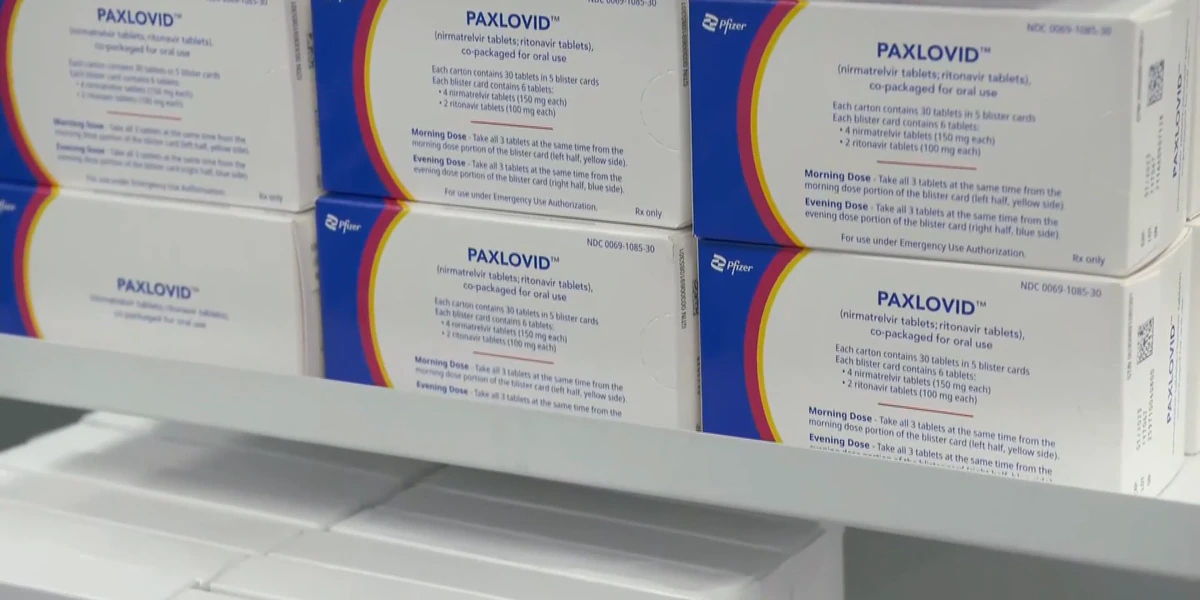[ad_1]
FOR IMMEDIATE RELEASE
August 12, 2022
CONTACT
Shannan Schmitt
Senior Director, Communications
sschmitt@healthcollab.org
Newly Released Community Health Improvement Plan Outlines Roadmap of Strategies and Actions to Address Region’s Top Health Goals
2022-2024 CHIP prioritizes three key goals: equitable access to care, expanded and diverse healthcare workforce pipeline, and access to food and affordable housing
The Health Collaborative (THC), Greater Dayton Area Hospital Association, Interact for Health, and partner, Cohear, announced the release of the Region’s first Collaborative Community Health Improvement Plan (CHIP). The CHIP is an action plan developed for southwest Ohio, northern Kentucky, and southeast Indiana by a diverse group of experts from healthcare systems, public health, community-based nonprofits, and those with lived experience that provides an actionable roadmap of evidence-based, cross sector strategies to address the top health needs and priorities as identified in the Community Health Needs Assessment released in January. The three priority goals include increasing access to care (behavioral health, heart disease, dental, and vision), increasing access to resources for food and housing, and workforce pipeline and diversity.
Partner Endorsements
“COVID-19 has reaffirmed the need to have a strong foundation for improving health outcomes – one that is built on collaboration and data- driven decisions. The CHIP serves as a framework to build this foundation. With this plan, regional partners from the health, business, and non-profit sectors will work together with the larger community on specific goals to implement programmatic, policy, and system-level changes to improve health in an equitable and sustainable way,” shares Craig Brammer, CEO, The Health Collaborative.
Shares Alieu Nyassi, AVP, Diversity, Equity and Inclusion, St. Elizabeth Healthcare and Co-Chair for Workforce Diversity, “The CHIP Workforce Taskforce has laid a solid foundation for regional educational institutions and healthcare providers to come together for our communities and their needs. Our commitment is to make our region healthier, inclusive and attractive with a sustainable future diverse talent pool. This plan is a gift to all to our regional CEOs, CHROs and DE&I leaders because it reflects our strategic plans. It addresses healthcare inequalities and disparities, something we must do collaboratively to see our desired outcomes. The CHIP creates the space, and a tool for other regions to benchmark, because we came together today for tomorrow.”
“The 2021 CHNA and CHIP process has created a unique and timely opportunity for health systems, local health departments and the broader community to address our region’s greatest health needs. The CHIP workgroup structure allowed us to collaboratively develop a plan to address the systemic barriers to good health that disproportionately impact Black populations and other populations of color. I look forward to the next step: putting the plan into action,” states Kiana Trabue, Vice President, Strategic Partnerships, bi3.
“The beauty of the Regional 2022 CHIP is that a plan to address the health needs of our community has been developed collaboratively by various segments of the health system. By having representation from local health departments, regional hospitals, and non-profit organizations, the Food and Housing CHIP Workgroup, specifically, was able to develop a plan that highlights how the unique contributions of each entity could meld together to address the needs of our community. I am excited to see how each organization will adopt the CHIP so that we can begin to witness health improvement as a region,” says Dawn L. Ebron, Epidemiology Manager, Public Health – Dayton & Montgomery County, co-chair
CHIP Goals
Goal 1: Everyone in the region has access to healthcare when they need it, specifically for the region’s top needs: behavioral health, oral health, vision care, and heart disease. Many residents still face barriers to accessing quality healthcare—whether it is cost, discrimination, or lack of transportation. Removing these barriers and building the capacity of across our health systems.
Goal 2: The healthcare education pipeline and workforce are strong and reflect the diversity of our region. A recent survey conducted by THC shows more than 5,800 healthcare jobs were left unfilled at the end of 2021 for the participating member hospitals. This represents just a fraction of the healthcare workforce shortage and does not account for public health or skilled nursing facilities who are also grappling with lack of skilled labor. The solution is multi-faceted: schools’ willingness to open more capacity for students, outreach in high school, finding ways to recruit and maintain more instructors, prioritizing retention strategies, and eliminating retention disparities for racially and ethnically diverse candidates.
Goal 3: Everyone in the region has access to healthy, affordable food and quality, affordable housing. One out of every 3.5 residents of Cincinnati lives in poverty, and Cincinnati has one of the worst child poverty rates in the US at nearly 45%. In addition, nearly one-third of Hamilton County residents are housing cost-burdened, making them more vulnerable to poor housing quality and eviction. It is generally understood that food and housing are largely outside of the healthcare system. However, they are a key driver of health. In interviews and focus groups via the CHNA, the community identified many ways for health systems to partner with community providers in delivering collaborative interventions. Creating more economic stability for residents and families through housing, food and supportive environments is a necessary foundation for health.
The CHIP is a living document that will be regularly adapted to reflect community needs. Progress will be evaluated and reported annually. The 2022 to 2024 CHIP is available on The Health Collaborative’s website: healthcollab.org/community-health-needs-assessment/.
###
About The Health Collaborative:
The Health Collaborative is the region’s only healthcare organization that convenes all the hospitals, health systems, and healthcare stakeholders. We bring together those invested in health and healthcare improvement and provide actionable data to build a healthier Greater Cincinnati and Northern Kentucky. For more information, please visit: healthcollab.org.
[ad_2]
Source link


